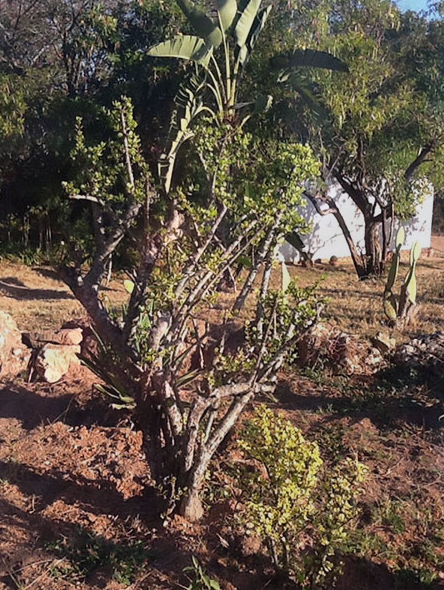
SETAs
The Sector Education and Training Authorities or SETAs are the link between Training and the Workplace in South Africa.
Every employee in South Africa pays a 1 percent training levy, into the National Skills Fund. From that pool, funding flows into about 25 sectors for training. (Plans are afoot to downgrade the SETAs into SETABs, centralizing some functions into the Department of Higher Education, but not for a few years yet).
C4L is a member of the Services SETA, by virtue of its core business providing managerial support for nonprofits.
In the past, C4L has applied to a number of SETAs for discretionary funding. The ETDP SETA funded the training and deployment of 37 youth in a qualification called Development Practice and also 12 youth in New Venture Creation.
2015 and 2024
The Energy and Water SETA has contributed generously to two training joint ventures implemented in partnership with an accredited training provider. The first round was for 1000 youth in skills progreammes averaging 25-30 credits. The project was called Green Livelihoods. The second envelope of funding is for 150 youth in full qualifications of over 120 credits (equivalent to one year of college). The project is called Rooftop Solutions.
SETAs are the main mechanism for employees to get further training. However they not only devote funding to those already at work, but also to the unemployed. Most C4L learners are “poor and unemployed youth” from areas designated as “rural”.
Essentially, SETAs try to get youth started on a career path in their sector by recruiting them for Learnerships.
Funding for the unemployed is through Discretionary Grants and these operate very much like Grantmaking.
Learnerships
This is something like an internship or apprenticeship. It is a work/study approach with a three-month period in formal instruction (in the classroom) and nine months in practicums (in the work place – “host placements”).
Funding a Learnership covers the academic fees of the Training Provider as well as a monthly stipend for the Learner for 12 months.
Sub-sets of accedited training are called Skills Programmes. These can provide a bouquet combining both enterprise and technical training. C4L tries to blend entrepreneurship with the green occupations to spark self-employment prospects. There are just not enough formal-sector jobs for everyone, so the informal sector is the economy’s growth point.
C4L operates at the first post-matric level. To help matric graduates choose a career path and introduces them to the work place after a lifetime in school. The exist strategies include further study, landing a job, launching an enterprise… but hopefully not languishing in unemployment.
About 70 percent of C4L alumni are young women.
One has to bear in mind that C4L is not a college. It is an NGO. Its problem statement is youth unemployment. Its goal is to make youth economically active.
